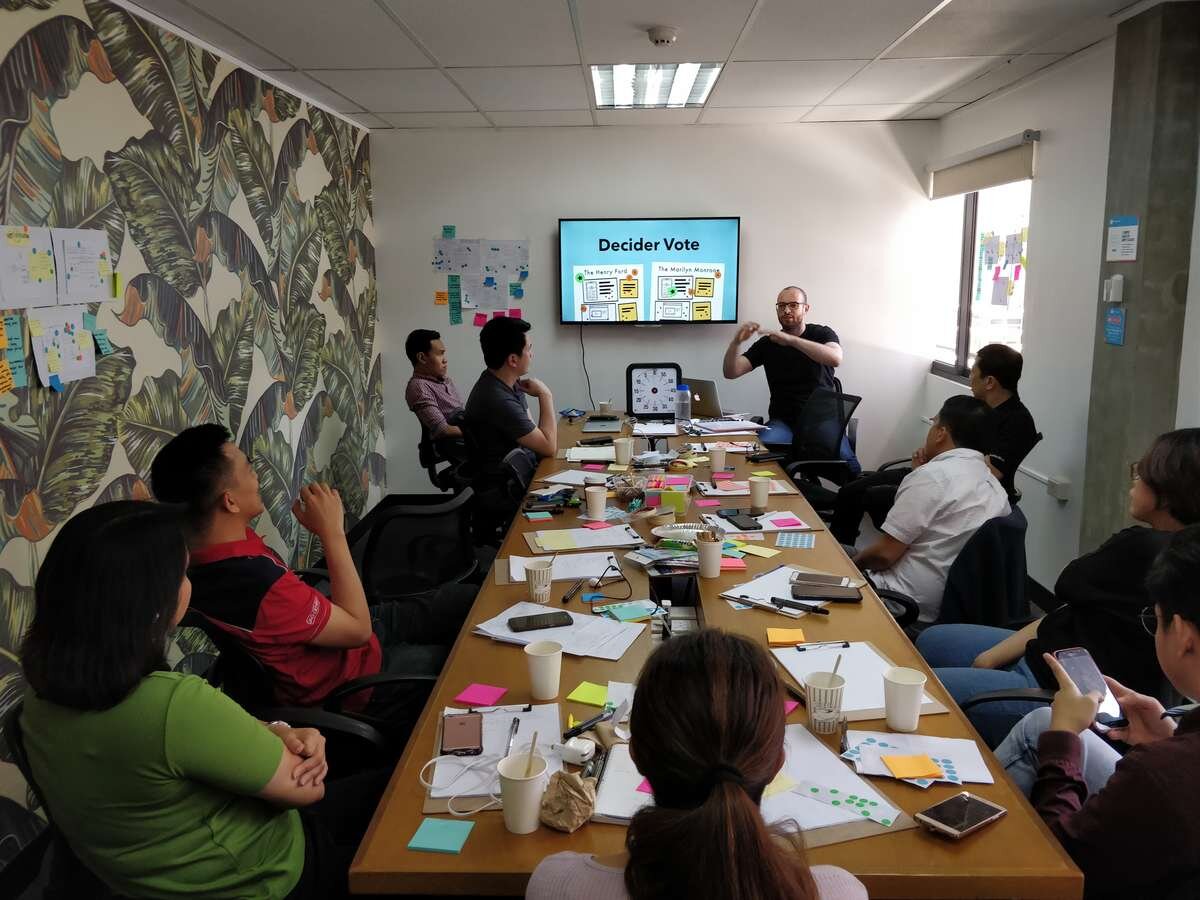(ILS-DOLE)

Company
Meralco – The largest electric distribution company in the Philippines, serving over 7 million customers.
Industry
Utilities & Energy
Strategic Priorities
Meralco partnered with On-Off Group to explore how Design Sprints could accelerate product innovation. The goal was ambitious: create, prototype, and test a new digital app concept in just one week — while building the team’s confidence in using design-led methods for future challenges.
As the Philippines’ largest utility provider, Meralco wanted to improve the way customers track energy usage and manage costs. The team faced several hurdles:
Leadership needed a fast, structured approach to cut through complexity and generate a validated concept that could move toward implementation.
On-Off Group facilitated a 5-day Design Sprint with a cross-functional Meralco team. Using a combination of Design Thinking and UX methods, the team moved from challenge definition to high-fidelity prototype, with real customer feedback guiding each step.
The process not only delivered a working prototype, but also showed Meralco how structured collaboration and user testing could accelerate innovation across the business.
“This Sprint proved that rapid, customer-centric innovation is possible at Meralco.” – Sprint Team Member